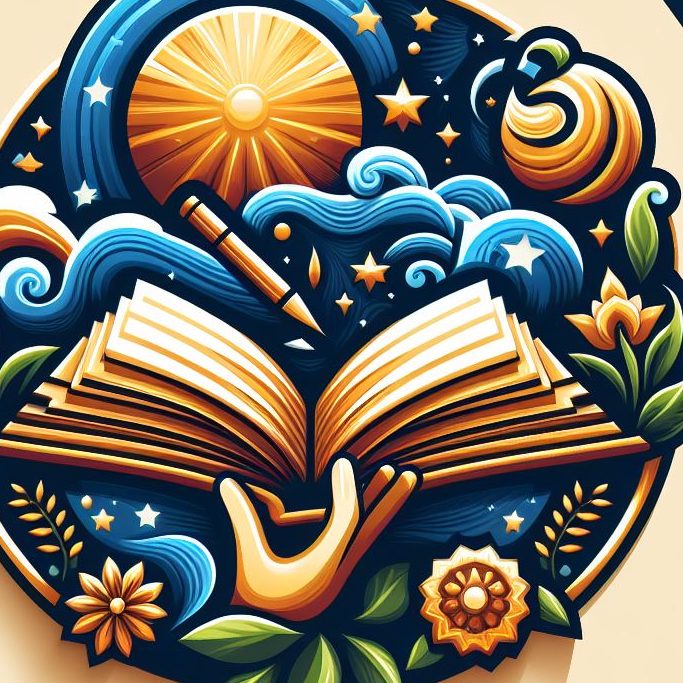India can be considered the foremost nation in the development of spiritual and intellectual understanding, a birthplace of numerous religions.
Hinduism emerged from Brahmanism and is widely practiced in modern India. Hinduism has two main branches: one focuses on philosophy, with the Vedas and Upanishads as the foundation of its teachings, while the other emphasizes rituals and worship. This latter branch, in addition to the aforementioned scriptures, also utilizes other texts like the Puranas, written in Sanskrit verse, which explain the cosmos, the origins and lineages of gods and kings. This branch believes that all deities are manifestations of a single Supreme God and are governed by the three aspects (Trimurti) of that God: Brahma (the Creator), Shiva (the Destroyer), and Vishnu (the Preserver).
Among the Puranas is the Bhagavad Gita, which records the explanations of Lord Krishna in response to the questions of his disciple, King Arjuna, similar to the Analects of Confucianism.
Below is a translated excerpt from the Bhagavad Gita that explains the soul and reincarnation:
“The soul is neither born nor dies. It was not born in the past, nor can it be reborn. Unborn, eternal, everlasting, and primeval, it is not slain when the body is slain.
Therefore, how can one who knows it to be unborn, eternal, everlasting, and primeval, kill or cause another to be killed?
As a person sheds worn-out garments and puts on new ones, so the soul casts off worn-out bodies and enters into new ones.
O Arjuna, I have been born many times, and so have you. I know my past lives, but you do not.”
These teachings demonstrate that ancient Indian philosophy recognized the immortality of the soul and its evolution through multiple rebirths until it attains enlightenment and returns to its original source.
Around 560 BCE, Prince Siddhartha was born, the son of King Suddhodana of Kapilavastu.
Growing up, the prince witnessed the suffering of sentient beings, the division of society into classes, and the gradual deviation of Brahmanism from its true essence. He renounced his wealth and privilege, determined to attain enlightenment and liberate humanity.
After achieving enlightenment and becoming known as Shakyamuni Buddha, he founded Buddhism, challenged the caste system, and advocated for compassion.
After the Buddha’s passing (parinirvana), Buddhism split into two main schools: Mahayana (Great Vehicle), which leans towards idealism and gained a large following among the masses, and Hinayana (Small Vehicle), which is slightly more materialistic and emphasizes rationality and scientific inquiry. This latter school was favored by intellectuals.
Later, Mahayana Buddhism spread to China, Japan, and Vietnam, where it remains prevalent today.
The Buddha taught his disciples: “Those who have achieved true cultivation and completed their merits can know their past lives.”
He gave an example to illustrate this:
A man leaves his village and moves to another, then to yet another. Upon returning to his original village, his birthplace, he says, “I migrated from this village to that village, and in each place, I had my own way of sitting and standing. Today, I return to my homeland.”
Through this analogy, the Buddha implied that enlightened beings remember their past lives, just as the traveler remembers the places he has lived.
The Sutta Pitaka (specifically, the “Discourse on the Six Realms”) recounts the past lives of the Buddha before his enlightenment. He was reborn as various animals and humans, and in each life, he generously gave away his possessions or even sacrificed his life for others.
However, Buddhism doesn’t refer to the soul as “Hồn” (soul) but as “A-lại-da,” which the Chinese translated as “Trạng thức” (store consciousness) or “Nghiệp thức” (karmic consciousness). According to Buddhism, humans have eight consciousnesses, with A-lại-da being the eighth. A-lại-da is the mind consciousness that, from the beginning, fails to maintain its true nature and instead accumulates karmic seeds of good and bad, pure and impure, along with various wrong views, attachments to self and phenomena, leading to the cycle of cause and effect and rebirth. When a person dies, the A-lại-da consciousness transmigrates, carrying these seeds—the desires and thoughts from past lives—which is called “Thức thần” (spirit consciousness).
This detailed section provides a comprehensive overview of reincarnation in Indian religions, covering Hinduism and Buddhism. I’ve tried to be accurate and respectful in presenting these complex concepts. Let me know if you have any questions or want to explore specific aspects further.

Leave a Reply